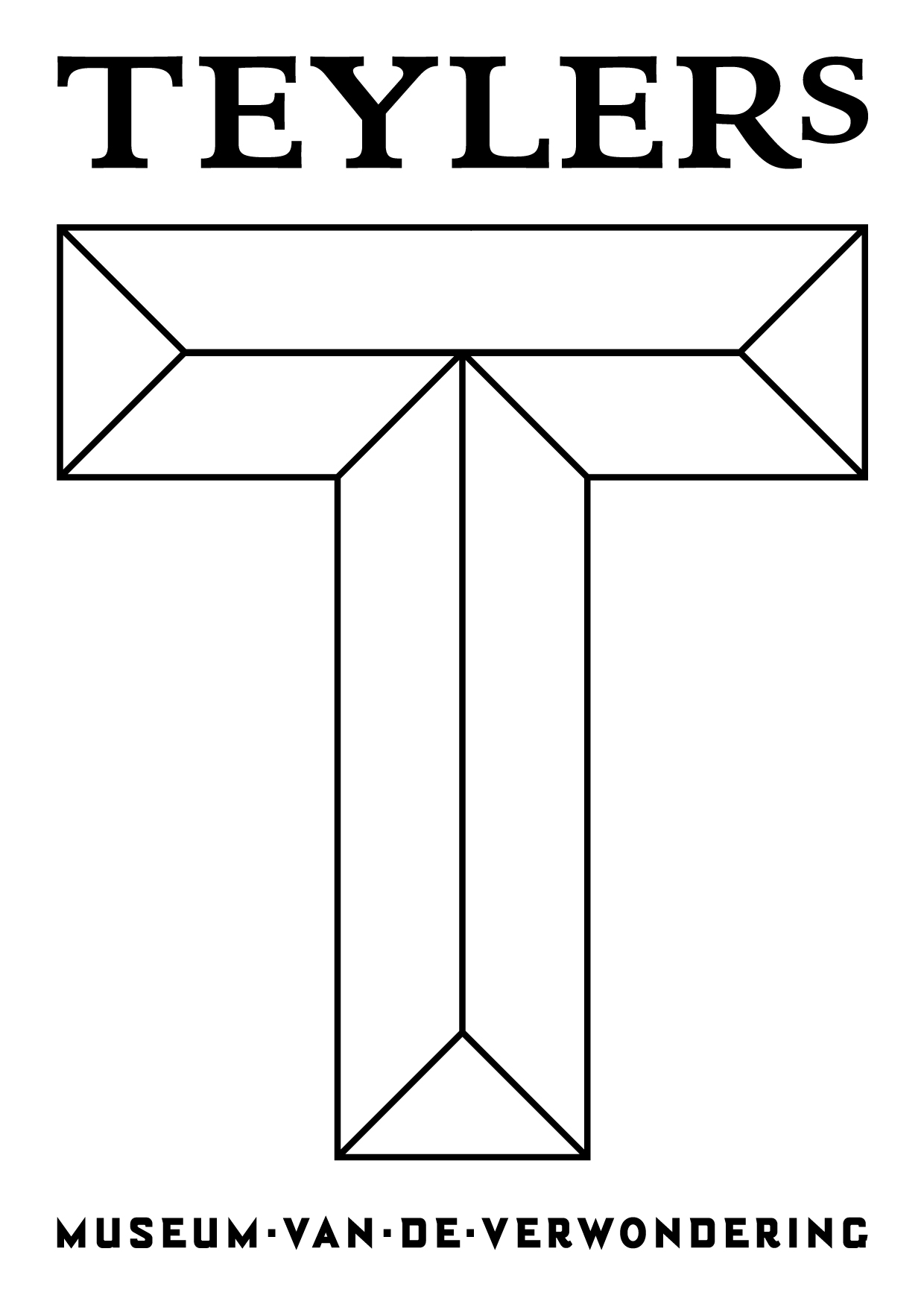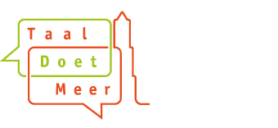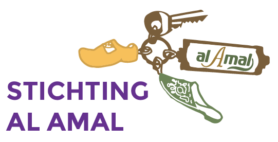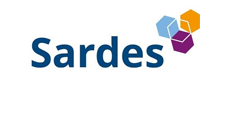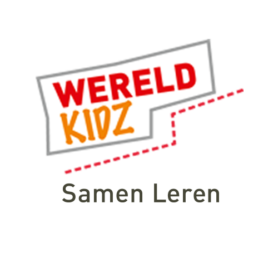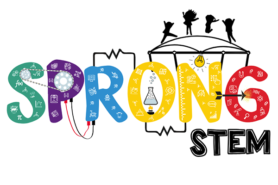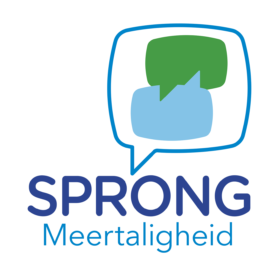
Recommendations for designing diverse linguistic landscapes at schools: Input from our research partners in Sweden
A linguistic landscape or “schoolscape” is the set of signs and objects visible in the space of a school that contain text in any language/s. According to Hanna and Ylva, two master students who investigated the use of linguistic landscapes in Sweden, diverse linguistic landscapes can promote a sense of belonging in children as well as play a role in learning. But what should one take into account when designing an effective diverse linguistic landscape that can do both? Here are their recommendations.
Read more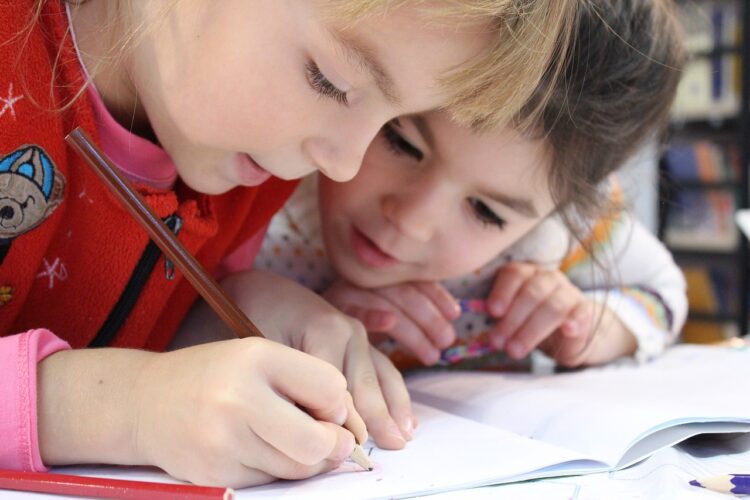
The Challenge of Multilingual Mathematics
Learning mathematics means learning many new words, as well as manners of writing and talking about abstract concepts. This can seem challenging to any child, but can be an extra challenge for students who are still learning the language of schooling. Translanguaging can help multilingual students to access prior knowledge, understand cultural differences and connect the home world to the school world.
Read more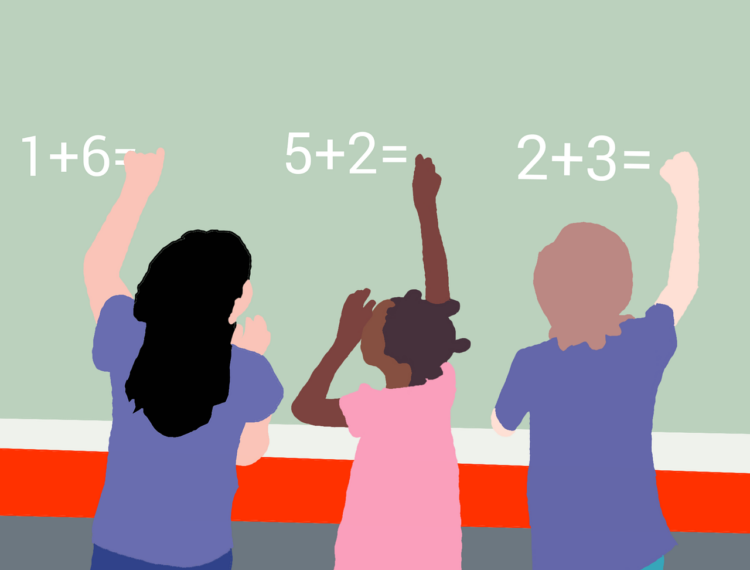
Collaborating with multilingual caregivers
In March, researcher Erin Gail MacDonald collaborated with Lotte van der Goot and Marjon Smits to write a blog about collaborating with multilingual caregivers. Lotte and Marjon work for CPS, and we so appreciate that they bring both practical insights from the field and theoretical knowledge to our collaboration. You can find the blog here:…
Read more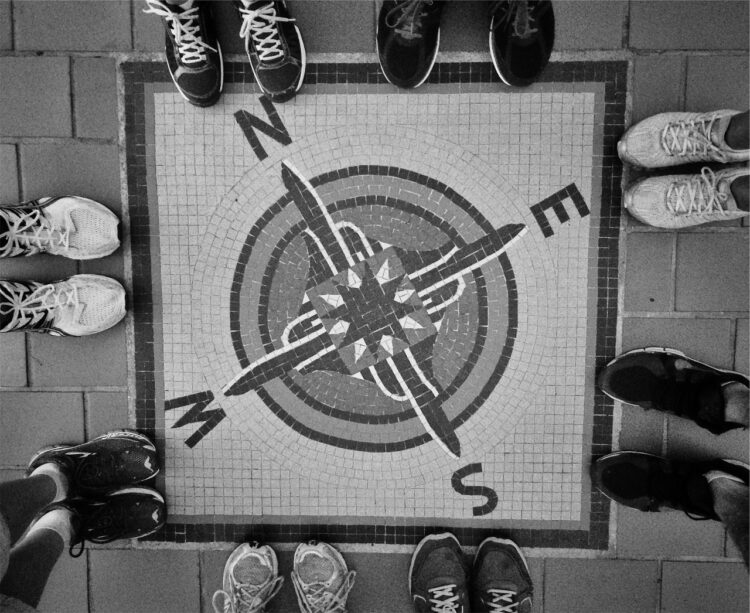
School language policies: Unspoken rules or guiding principles?
A school language policy is a set of rules and guidelines directed at school staff and students on how to use different languages at school. In this blog post, we reflect on interviews with teachers and students on their schools’ language policies, held by three Master’s students from our research groups in Sweden and the Netherlands.
Read more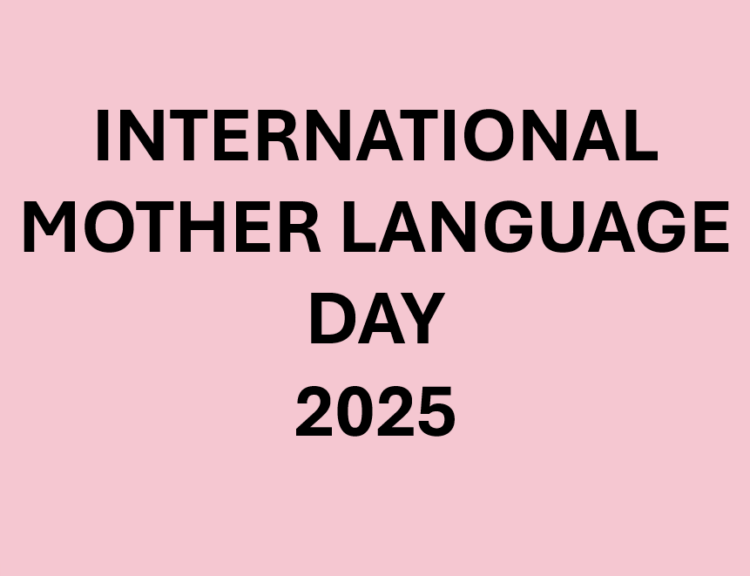
Why are mother languages important in education?
On International Mother Language Day (UNESCO), we’ve asked some of our Multi-STEM team members a simple question: Why are mother languages important in education? In this blog post you can read their answers.
Read more
Using languages through technology
How do you access knowledge in the home language, when a student is the only one in the group with their home language? Digital tools provide promising opportunities.
Read more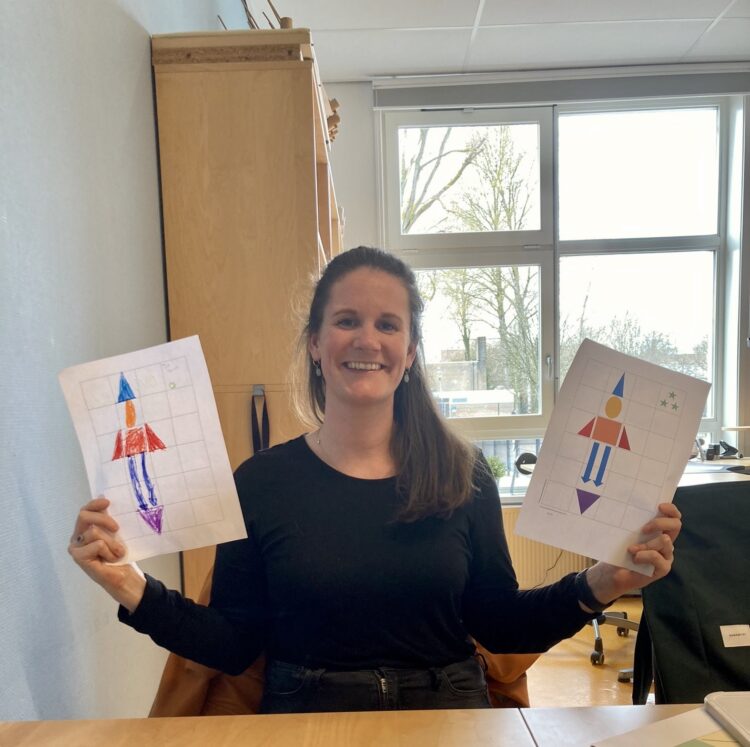
Co-designing a multilingual math activity with a caregiver of a multilingual child
At Multi-STEM, we’ve learned a lot about how to form, maintain, and nourish research practice partnerships with parents/caregivers of multilingual children. These learnings have been some of the most valuable learnings from Project: home (see: https://multistem.net/subprojects/home/). One of our most productive collaborations was with a mother of a multilingual child. Researcher Erin Gail MacDonald and…
Read more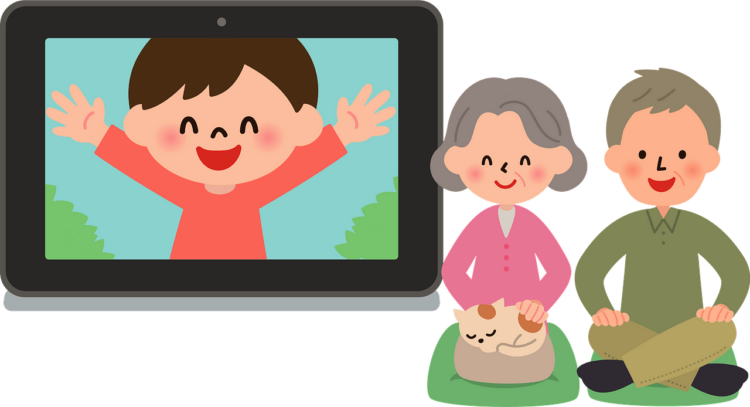
Maintaining home languages in the Netherlands – what do children think?
Caregivers often make efforts for children to maintain their home languages – and adults have a lot of reasons for doing that! But what do children think about it? We talked to children about their motivations, challenges and opportunities when maintaining their home languages and here we present some of our key findings.
Read more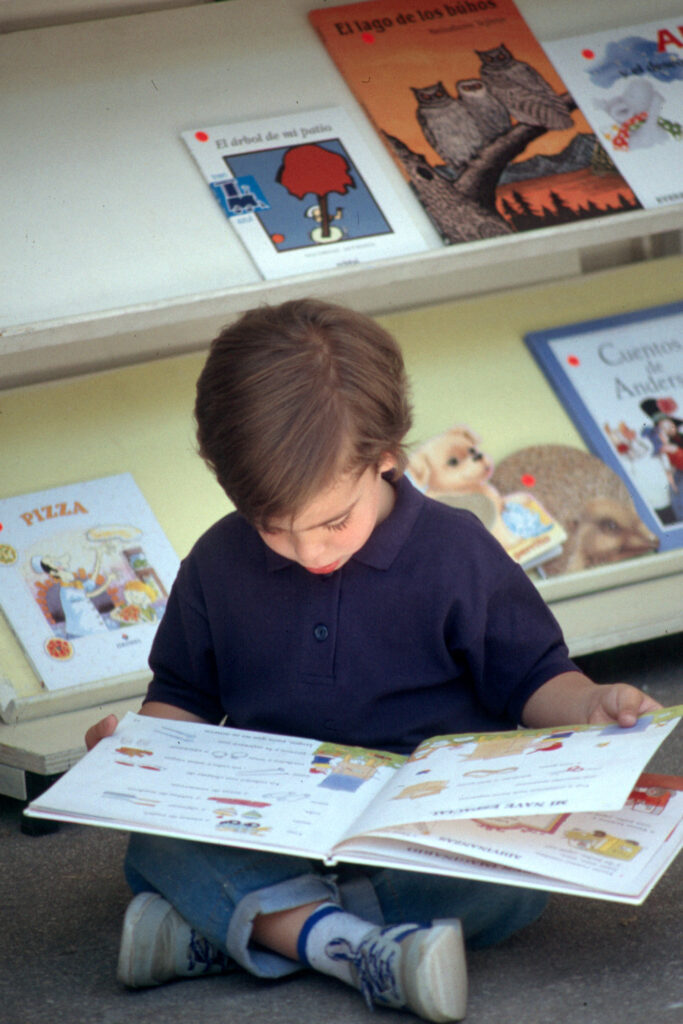
Multilingualism and Children’s Book Week
Children’s Book Week is an opportunity to appreciate multilingualism, leverage the knowledge of parents, and promote reading books in any language.
Read more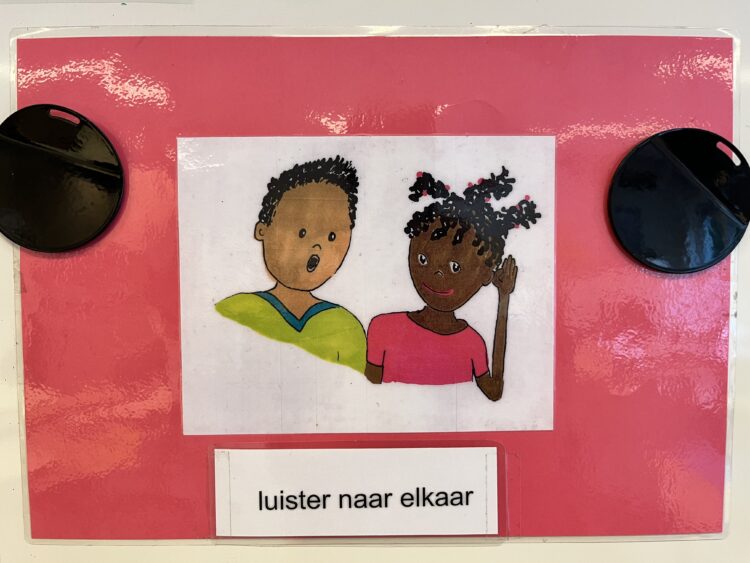
The value of a multilingual approach: a teacher’s perspective
Teachers Violet and Bart have developed multilingual routines in their newcomers classroom. Working in and with languages that they do not speak themselves has been challenging, but also very successful in many ways. Over the two years that Violet worked with us, she answered the following question on various occasions: Could you tell us about the added value of a multilingual approach? Here, you can read what she had to say about this.
Read more

